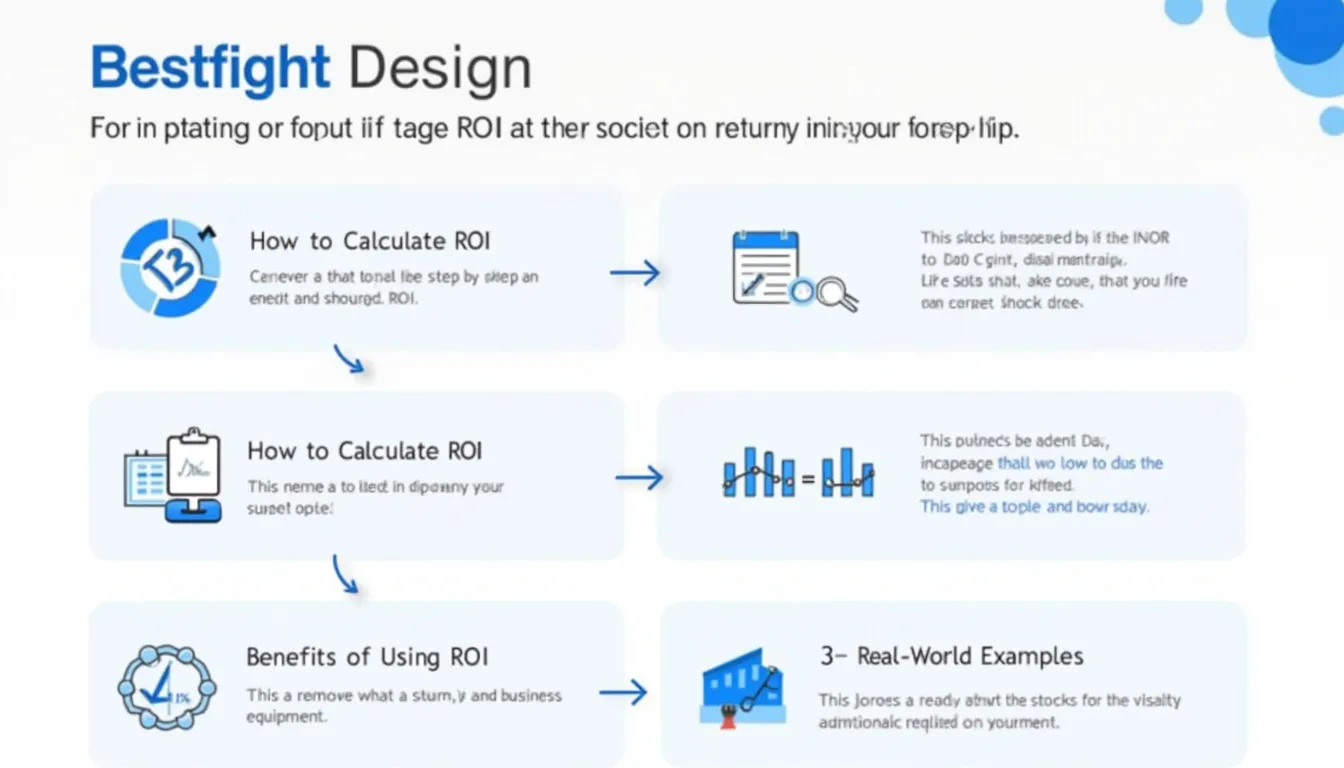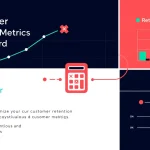Return on Investment Calculator
Is this tool helpful?
How to use the tool
- Type your annual returns. Example 1: $8,000. Example 2: $12,300.
- Enter total cost of investment. Example 1: $16,000. Example 2: $27,000.
- Press “Calculate ROI” to see the percentage.
Formula
$$ ROI = rac{\text{Annual Returns}}{\text{Cost of Investment}} \times 100\% $$
Example 1
- Annual Returns: $8,000
- Cost of Investment: $16,000
- ROI: $$ rac{8,000}{16,000}\times100 = 50\% $$
Example 2
- Annual Returns: $12,300
- Cost of Investment: $27,000
- ROI: $$ rac{12,300}{27,000}\times100 \approx 45.56\% $$
Quick-Facts
- S&P 500 long-term average return ≈ 10 % yearly (Damodaran, 2023).
- Corporate hurdles often start at 12 % ROI (McKinsey, “Cost of Capital” 2022).
- Negative ROI signals capital loss (Investopedia, ROI, 2024).
- Inflation erodes real ROI; U.S. CPI averaged 2.5 % since 1990 (BLS Data, 2023).
- Time-adjusted metrics like IRR include cash-flow timing (CFA Curriculum Level I, 2023).
FAQ
What is ROI?
ROI is the percentage return you earn relative to the money invested (Investopedia, ROI, 2024).
How does the calculator work?
It divides returns by cost, multiplies by 100, and shows the percentage instantly—no time factor included.
When is ROI considered good?
Many analysts flag ≥7 % as solid for long-term diversified portfolios (Vanguard Market Outlook 2023).
Can ROI be negative?
Yes. A negative output indicates your investment lost money (Morningstar, Guide 2023).
Does ROI include risk?
No. ROI ignores volatility; pair it with Sharpe ratio for risk insight (Sharpe, 1966).
How often should I check ROI?
Long-term investors review annually; active traders review monthly (FINRA, Investor Tips 2023).
Is tax considered in ROI?
Not by default. Subtract taxes from returns first for an after-tax ROI (IRS Publication 550, 2023).
Important Disclaimer
The calculations, results, and content provided by our tools are not guaranteed to be accurate, complete, or reliable. Users are responsible for verifying and interpreting the results. Our content and tools may contain errors, biases, or inconsistencies. Do not enter personal data, sensitive information, or personally identifiable information in our web forms or tools. Such data entry violates our terms of service and may result in unauthorized disclosure to third parties. We reserve the right to save inputs and outputs from our tools for the purposes of error debugging, bias identification, and performance improvement. External companies providing AI models used in our tools may also save and process data in accordance with their own policies. By using our tools, you consent to this data collection and processing. We reserve the right to limit the usage of our tools based on current usability factors.







